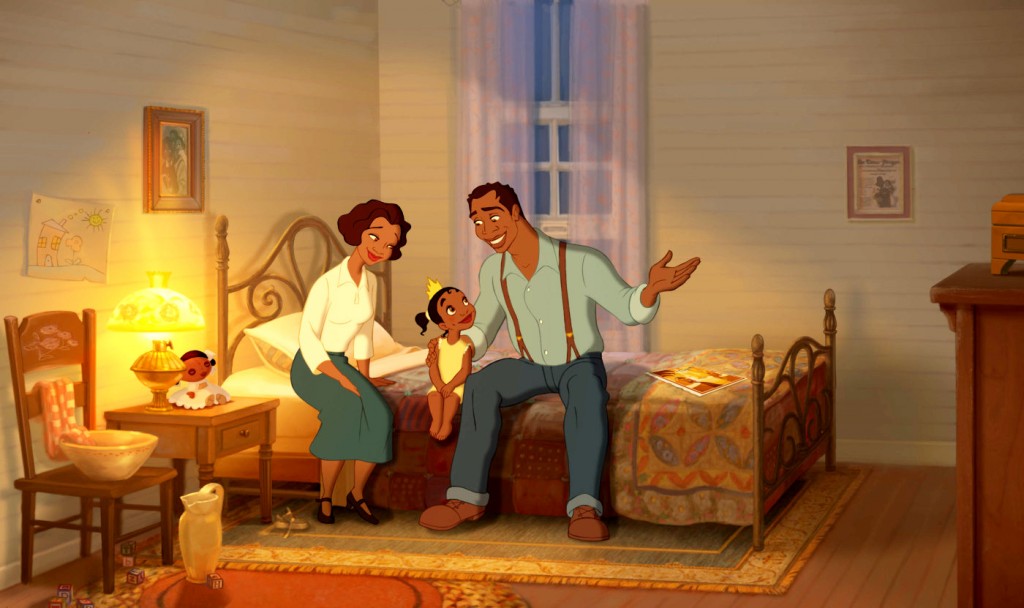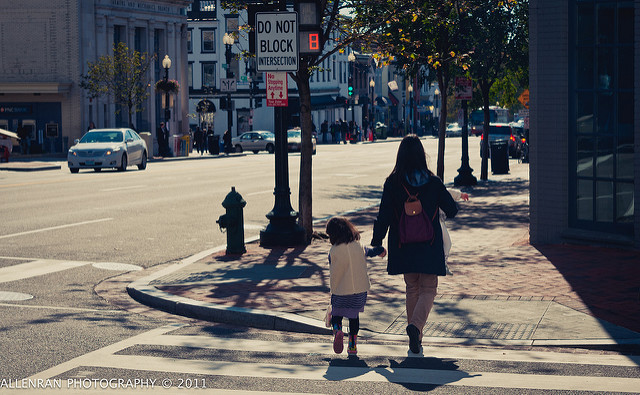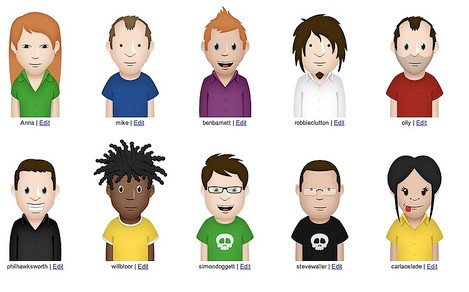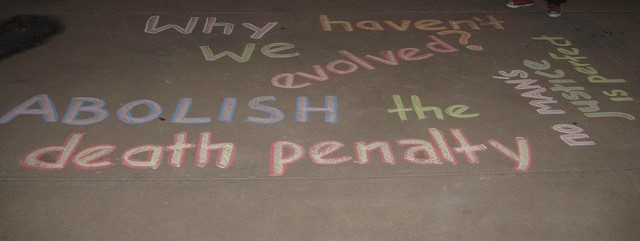
Originally published March 30, 2016
Disney movies get a lot of flack for promoting unrealistic gender expectations, especially for young girls. But kids are getting messages about more than just gender. A recent article in New York Magazine featured a study helmed by sociologist Jessi Streib that revealed that successful G-rated movies, including many Disney films, communicate unrealistic depictions of social class.
In over half of the 32 films they studied, the main characters were upper- or the upper middle-class, clearly misrepresenting the distribution of wealth both in the U.S. and the world. In addition, many downplayed or even romanticized the hardships of lower-class status. For instance, in Aladdin, wealth and poverty are depicted as two sides of the same coin with each equally constraining individuals’ lives. Unlike in adult films where working class characters tend to be portrayed as irresponsible, in G-rated films, working-class characters are shown as warm members of a tight-knit community. In fact, in Mary Poppins and The Sound of Music, it is the lower-class characters who teach their upper-class characters about humanity, empathy, and love:
The key takeaway, from the authors’ point of view, is that these films legitimize and reinforce class structures. Middle-class and poor people are de-emphasized, as are the difficulties associated with not having enough money. Moreover, climbing the class ladder isn’t presented as particularly difficult.









